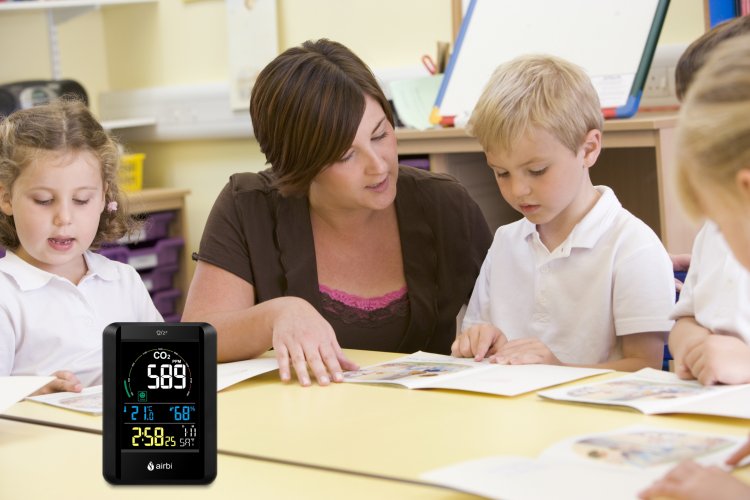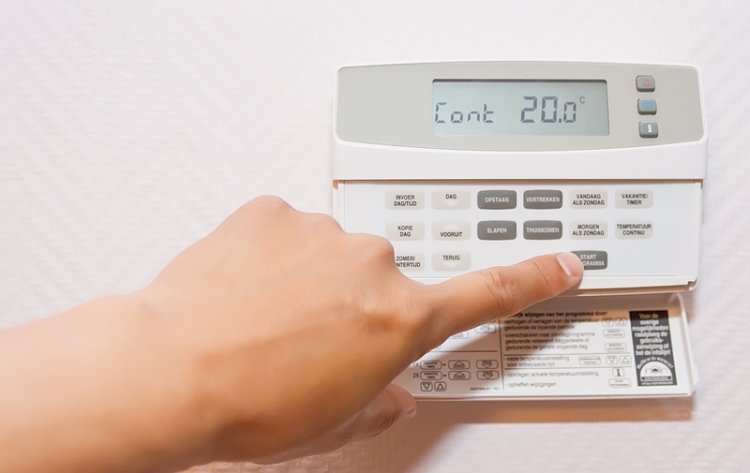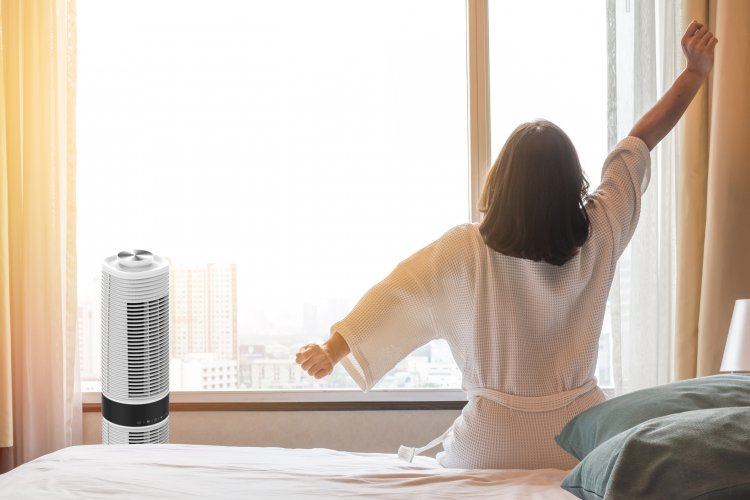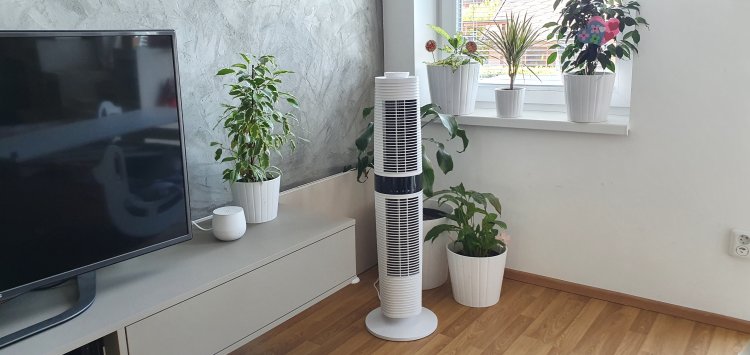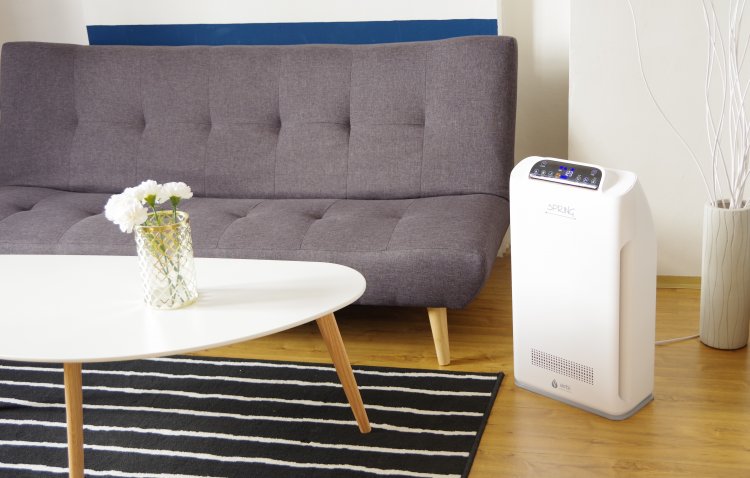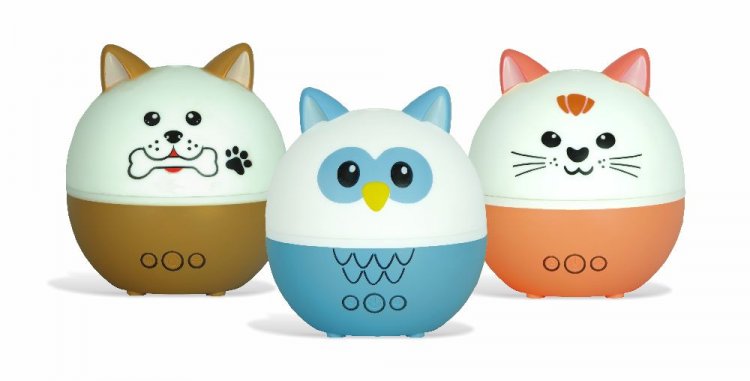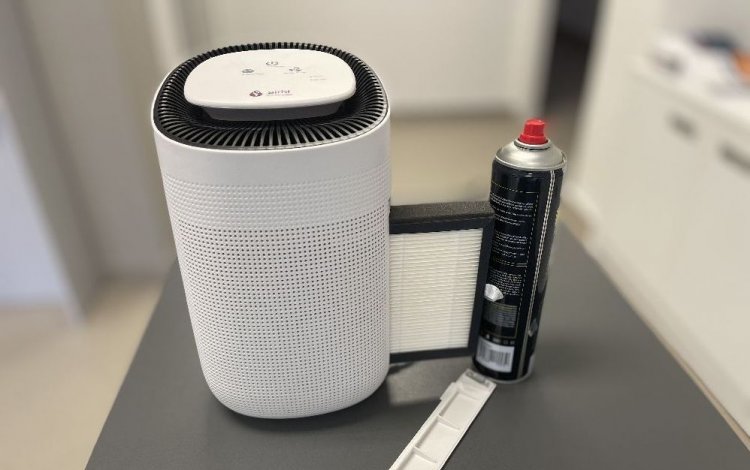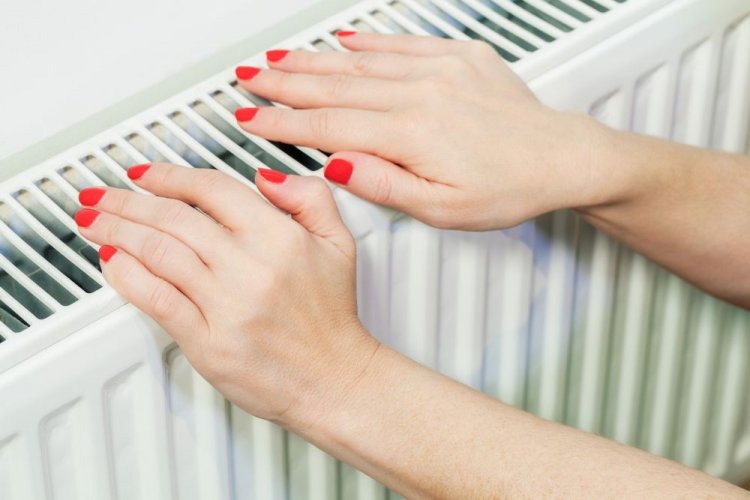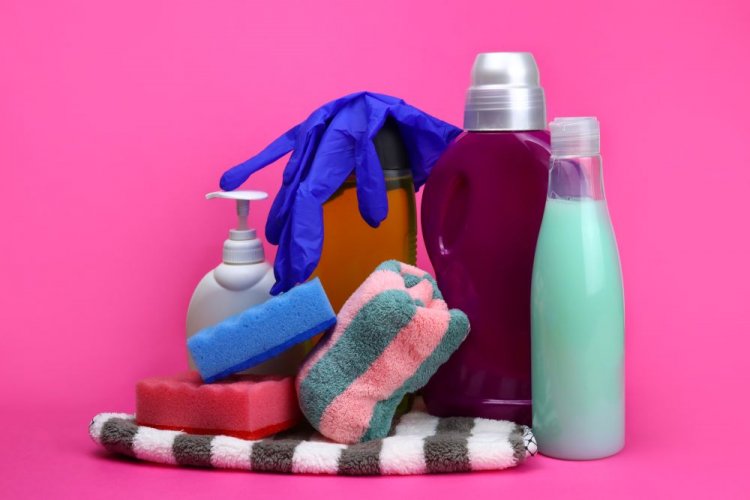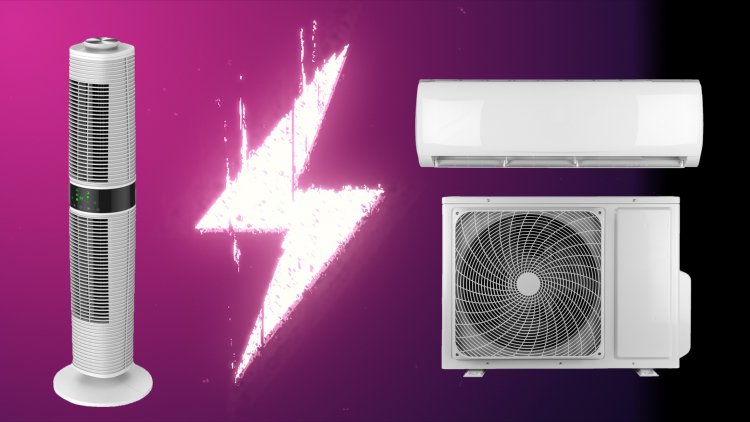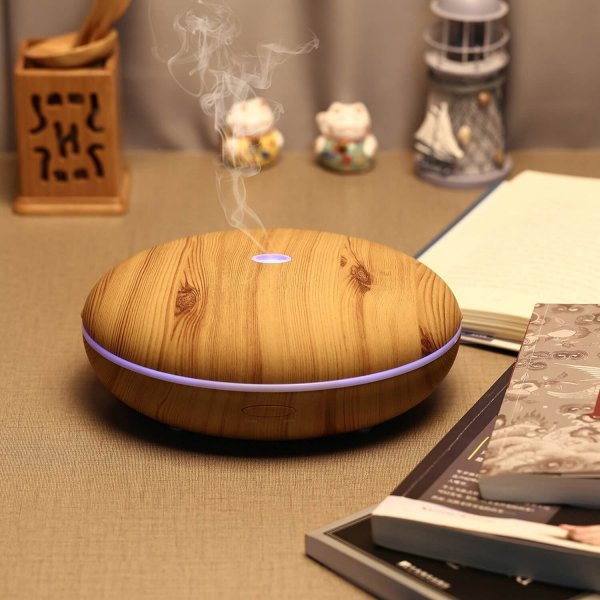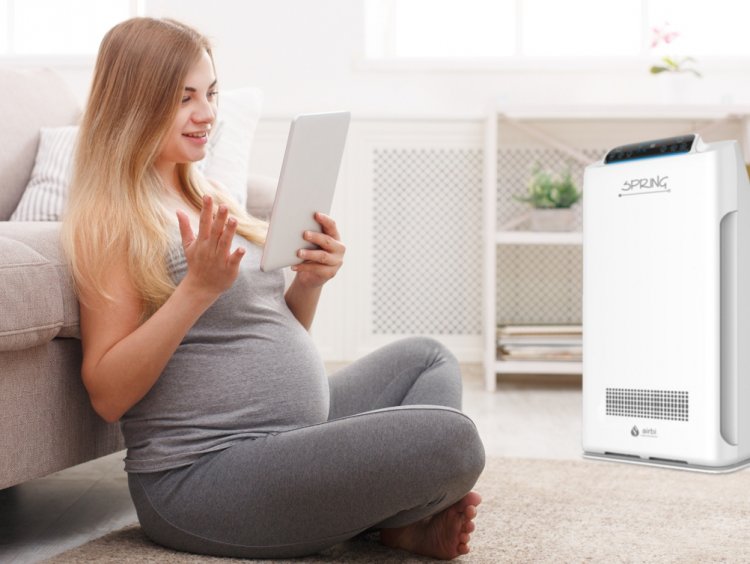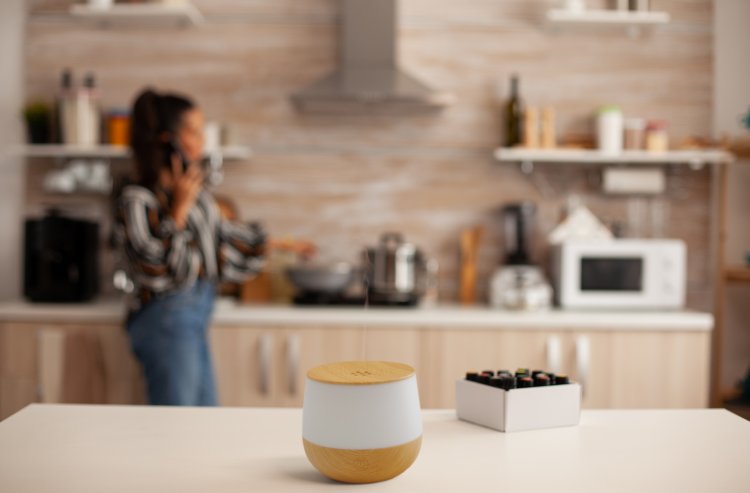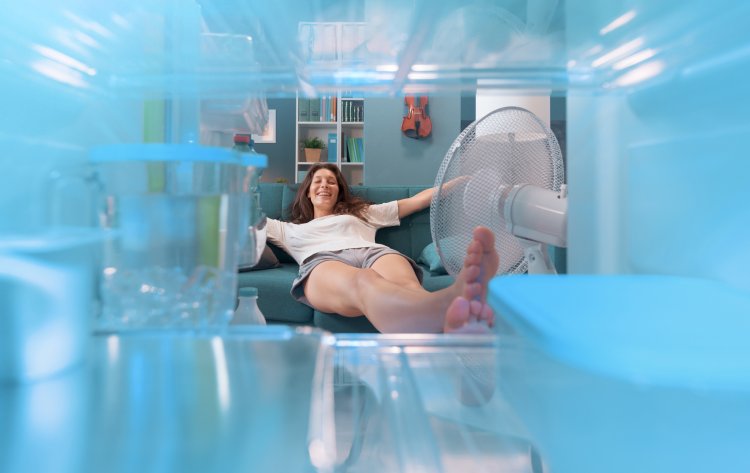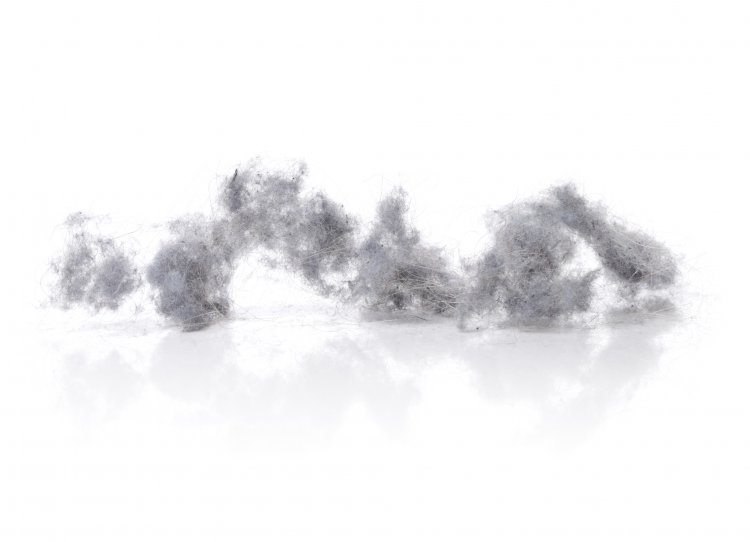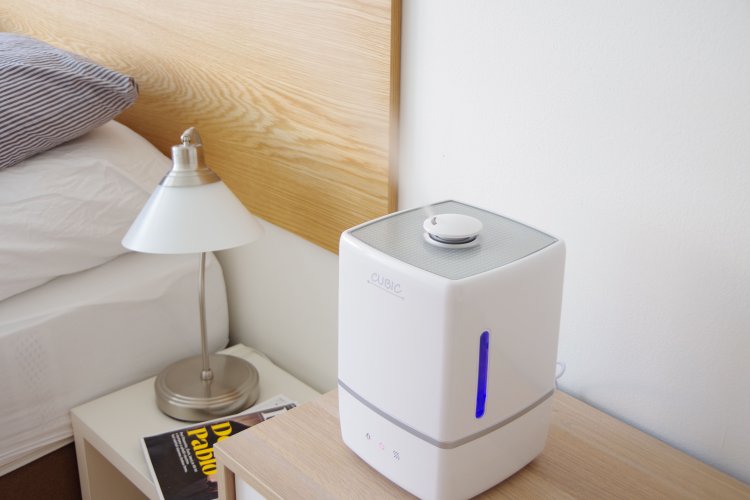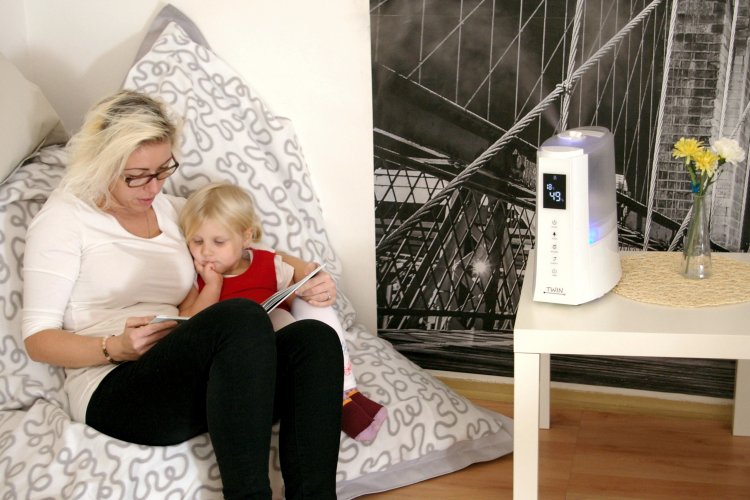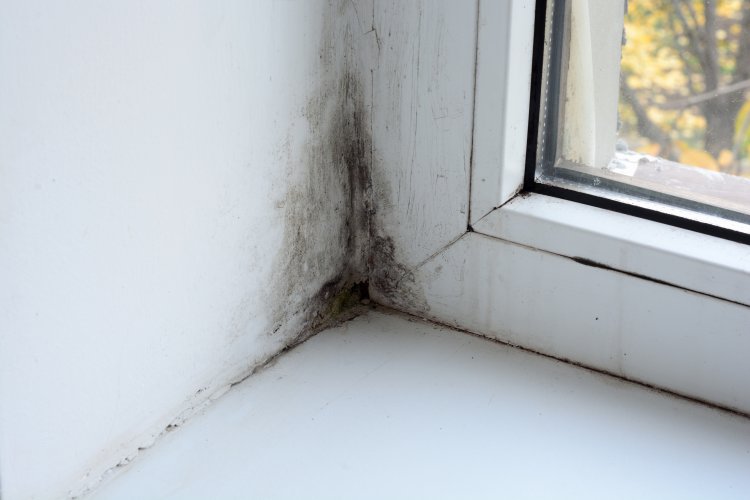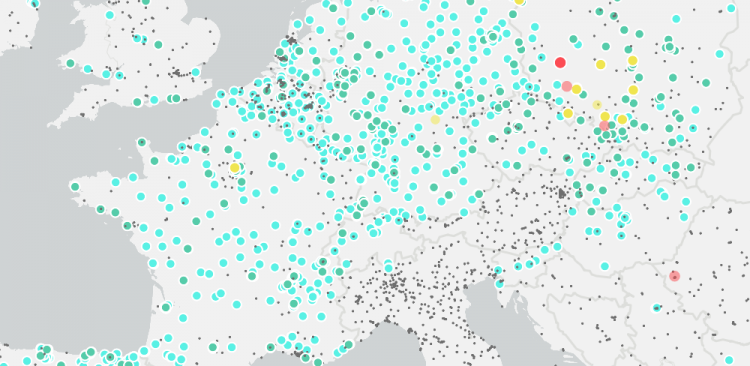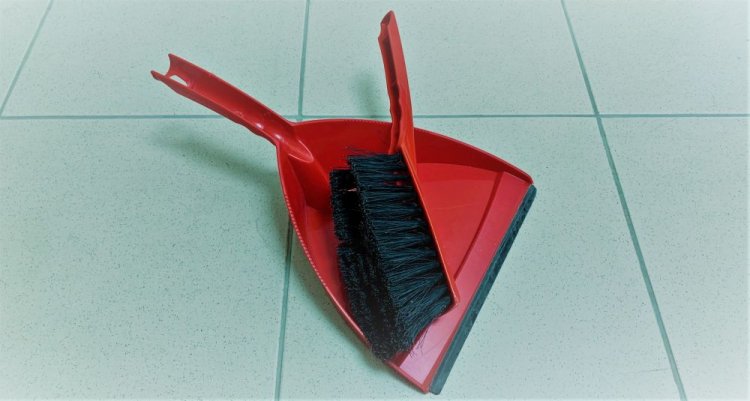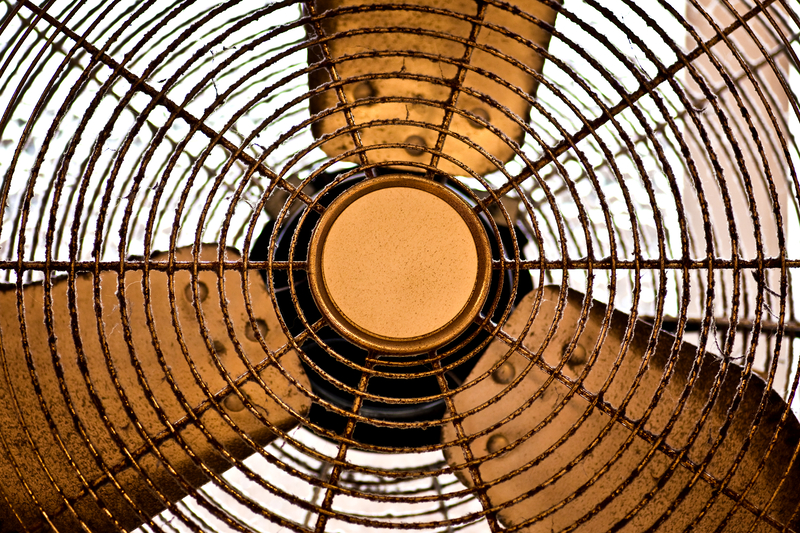

4 advantages (and 1 disadvantage) of desiccant dehumidifiers
Feb 20, 2025High humidity can be unpleasant. If you're choosing a dehumidifier, this brief overview of the advantages and disadvantages...
In the summer, when temperatures climb higher and higher and we are looking for an escape from the heat, fans are an essential tool to keep the air moving and create refreshing currents. But how does cooling the air with fans work and how can we make sure they are safe to use? In this article, we'll take a look at how fans work and share some tips for using these versatile cooling devices safely.
The principle on which fans work is simple: they create an airflow that improves air movement in the room. This allows the heat removed from the surfaces of our bodies to be dissipated faster and replaced by cooler air, creating a feeling of refreshment. However, fans alone do not cool the air; they only disperse it, giving us a cooler feeling. And that feeling of cooling is what it's all about. With the Airbi ZEPHYR fan, for example, the effect is enhanced by the fact that it blows in two different directions at once. When you switch on the automatic rotation function, the ZEPHYR can circulate air throughout an entire room of up to 50 m2.

It is important to take several safety precautions when using fans:
If you are placing the fan in a child's room, be careful of rotating parts such as the blades. Consider purchasing a fan with a grille that covers the blades and prevents accidental contact.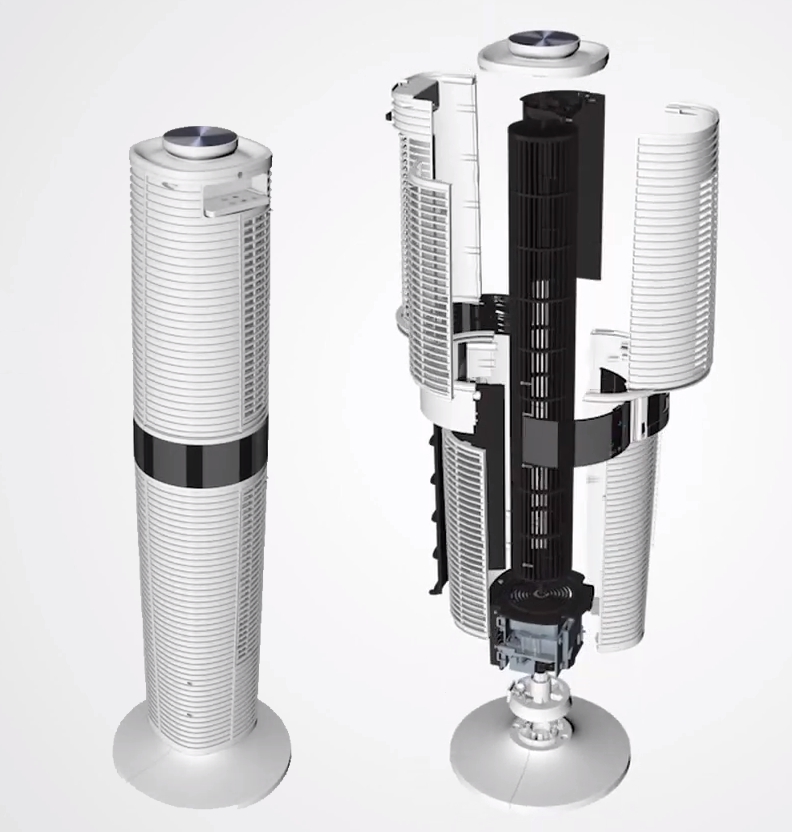
There are some risks that come with using electrical equipment such as fans, especially those related to electricity. To minimize these risks, we recommend following these tips:
Using fans in the summer can be safe and effective if you follow a few simple rules. Follow the manufacturer's instructions and keep basic safety precautions in mind so you can enjoy a pleasantly refreshing airflow in every room of your home.



